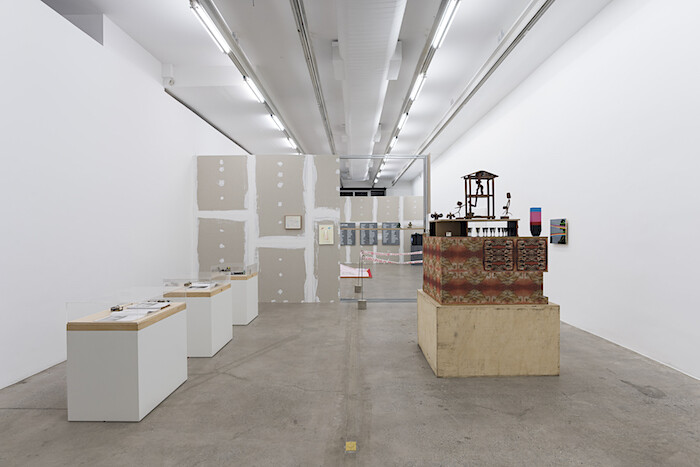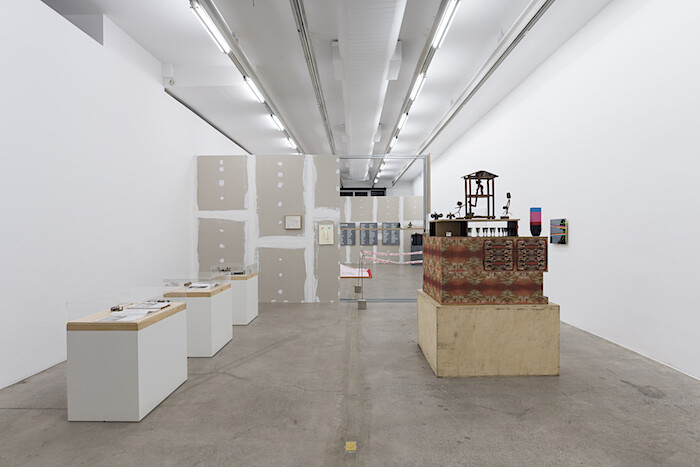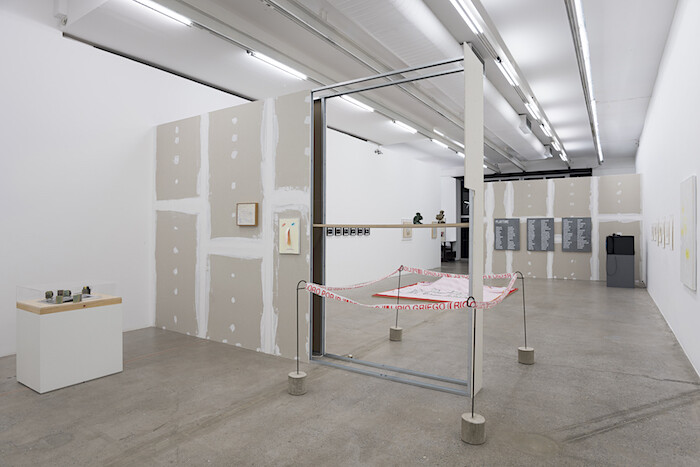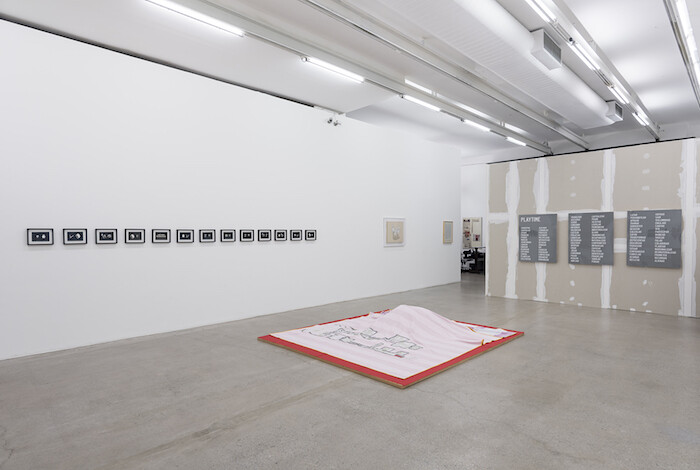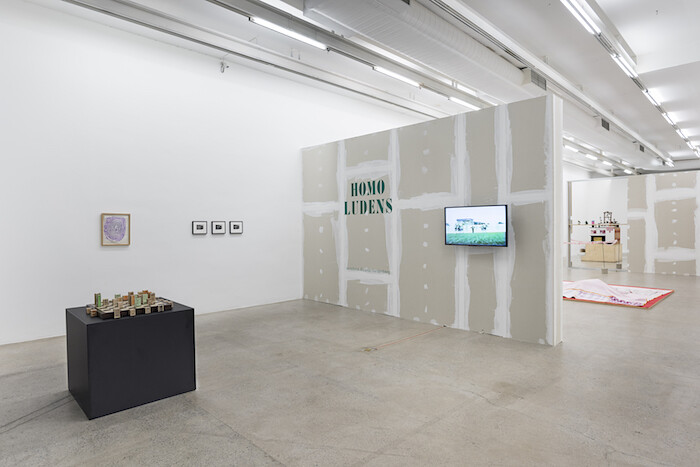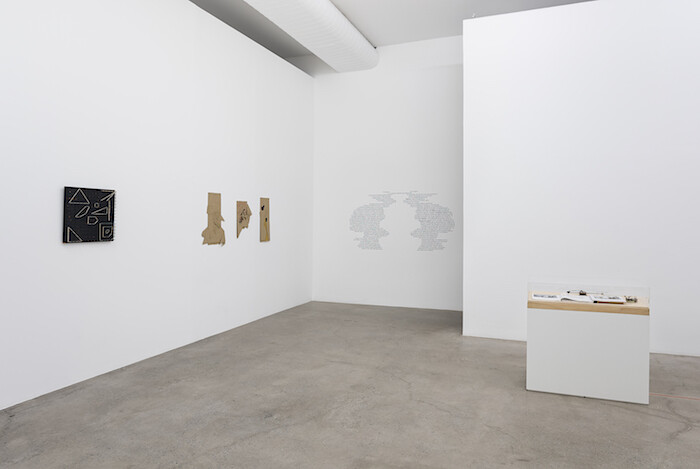The first sentences of Johan Huizinga’s Homo Ludens: A Study of the Play-Element in Culture (1944) read: “A happier age than ours once made bold to call our species by the name of Homo Sapiens. In the course of time we have come to realize that we are not so reasonable after all.”1 Actually, the sentence goes on but I cheated and decided to end here for dramatic purposes. Cheating is the doppelgänger of fair play anyway. For instance: in Brazil, a president democratically elected with 54 percent of the popular vote, who doesn’t face any criminal charges, gets impeached by the Congress and the Senate, two thirds of whose members do. In the municipal elections of São Paulo, a highly botoxed but completely unknown face in the political sphere, aligned with the former center-right, now super-conservative Social Democrat Party, wins over 53 percent of votes in the largest city in Latin America. The rules of the game are distorted while the game is still in course: politics get in the way of politicians, democracy gets in the way of liberal capitalism.
At this unstable time, when culture and all its players are marked by uncertainties, Ricardo Sardenberg curates “Homo Ludens” at Galeria Luisa Strina. Puzzling, I thought: to propose the ludic as a tool to activate a show today could be either very bold (there is no cheating in the ludic) or just academic (a theoretical exercise around a certain idea). As I take the first turn into the exhibition space, I read these verses on Leonilson’s painting of c. 1990, which are also its title: “these dangerous games are not war; they are not in the sea or outer space, but behind sunglasses and a pair of jeans.”2 This is going to be serious, I think again.
It’s serious with the joy and grace that all serious things bear. The title of the show is borrowed from Huizinga’s study as an inspirational motif for a poem. The “not so reasonable after all” line gave the curator a Surrealist license to “write”—as he says—the exhibition. But contrary to Surrealist and Dadaist “cheating” of the rules of poetic composition by drawing words out of a hat, the show’s form (exhibition design) and metric (artworks) were carefully conceived in order to seduce viewers into its playfulness. The unfinished character of the architectural design—with its raw plywood panels—locates the show in between the yet-to-be-completed in time for the opening and “you’re too late, the game is about to end.” The ball is in the air. It is up to the viewer to catch it; or not to, but still claim the score.
It’s all in there: the universe of childhood, the capitalist means of production, war, illusionism, fantasy, art history, death. Rivane Neuenschwander’s (no) Fantasy I (2016) consists of a blanket embroidered with a child’s drawing of the floor plan of a house; it covers an object on the ground we can’t see. Equipped with a child’s innocent and instinctual wisdom, the floor plan contains all the rooms and corridors of a deeply intimate place, with both extremities of its architecture marked as exits, and no entrances; (no) Fantasy I offers a map of the unconscious space. In another floor piece, Tectonics of Evasion (2016), Renata Lucas incorporates a New York Times article into typically Brazilian terracotta floor tiles. The article, of which only the title and just a few incomplete paragraphs can be read, makes a direct connection between the businessmen and politicians mentioned in the Panama Papers and the art world. The tiles disclose the subtle sedimentation of layers of political and economic corruption that structure social and private life. Jorge Macchi’s Dopplegänger 2 (2004-5) reproduces two pieces of crime news from the Crónica newspaper in Buenos Aires, rendering a cartography of violence in cut vinyl on the wall. One depicts a political assassination; the other a house invasion and a missing body. Arranged as a formal parallel between two different realities, both crimes have in common their word count as well as an identical sentence (indicated in the work’s listed materials, but which viewers have to locate themselves). Staring at Dopplegänger 2, one is able to see that language has its own illusionistic abilities. Disclosing a conclusion to the ludic proposition, Tiago Carneiro da Cunha’s small and profound depiction of death as a vulnerable beggar—the classical allegorical skeletal figure is here wrapped in a ragged cloak, sitting on the ground, with a hand reaching out to the viewer in an act of resignation—in his painting The Hour (2014).
This instant of timelessness suggested in the exhibition is precisely the time of play. The viewer is not observing the unfolding of a linear narrative given by the works’ display. The connections triggered by the artworks follow a centripetal force of the one and the many at the same time. The viewer travels through the exhibition in a state of fluctuating attention, or—in psychoanalytical terms—in a state of open attention with no specific focus, allowing them to capture elements that not only form a coherent thought but also a disconnected and chaotic disordering. The pieces in the show waive their autonomy as artworks in order to jointly take part in this ludic proposition.
Death enters the exhibition as an element of play rather than a means of conclusion, temporarily easing chaos, disorder, as well as reason. Taking a deep breath in, we are reminded that contrary to most living things, to which birth, life, and death are endured as natural processes, to humans death is intelligible. Given the knowledge that no one can cheat death, life becomes a continuous exercise in making sense of life, as Simone de Beauvoir notes in her Ethics of Ambiguity.3 Perhaps Homo Sapiens tries to cheat death by claiming immortality (there is no religion in the show). “Homo Ludens” doesn’t.
Johan Huizinga, Homo Ludens: A Study of the Play-Element in Culture (London: Routledge & Kegan Paul, 1949), xiv.
The painting’s title is Esses jogos perigosos não são guerra nem estáo no mar ou no espaço mas por detrás de óculos e um par de jeans, and the original text appears in Portuguese; translation the author’s own.
In the Brazilian edition: Simone de Beauvoir, Por uma moral da ambiguidade. Trad. Marcelo Jacques de Moraes (Rio de Janeiro: Editora Novas Fronteiras, 2005), 13-15.
